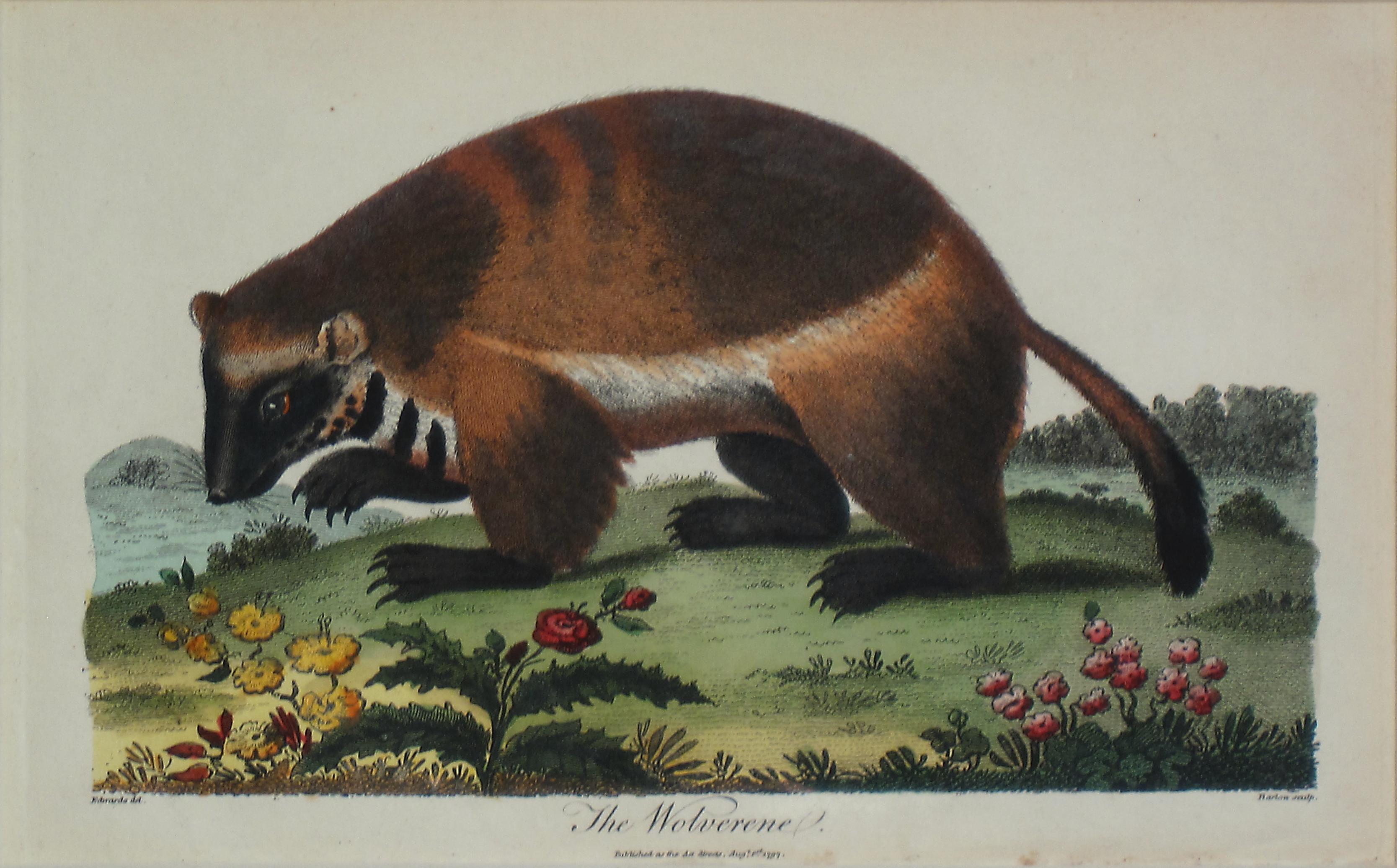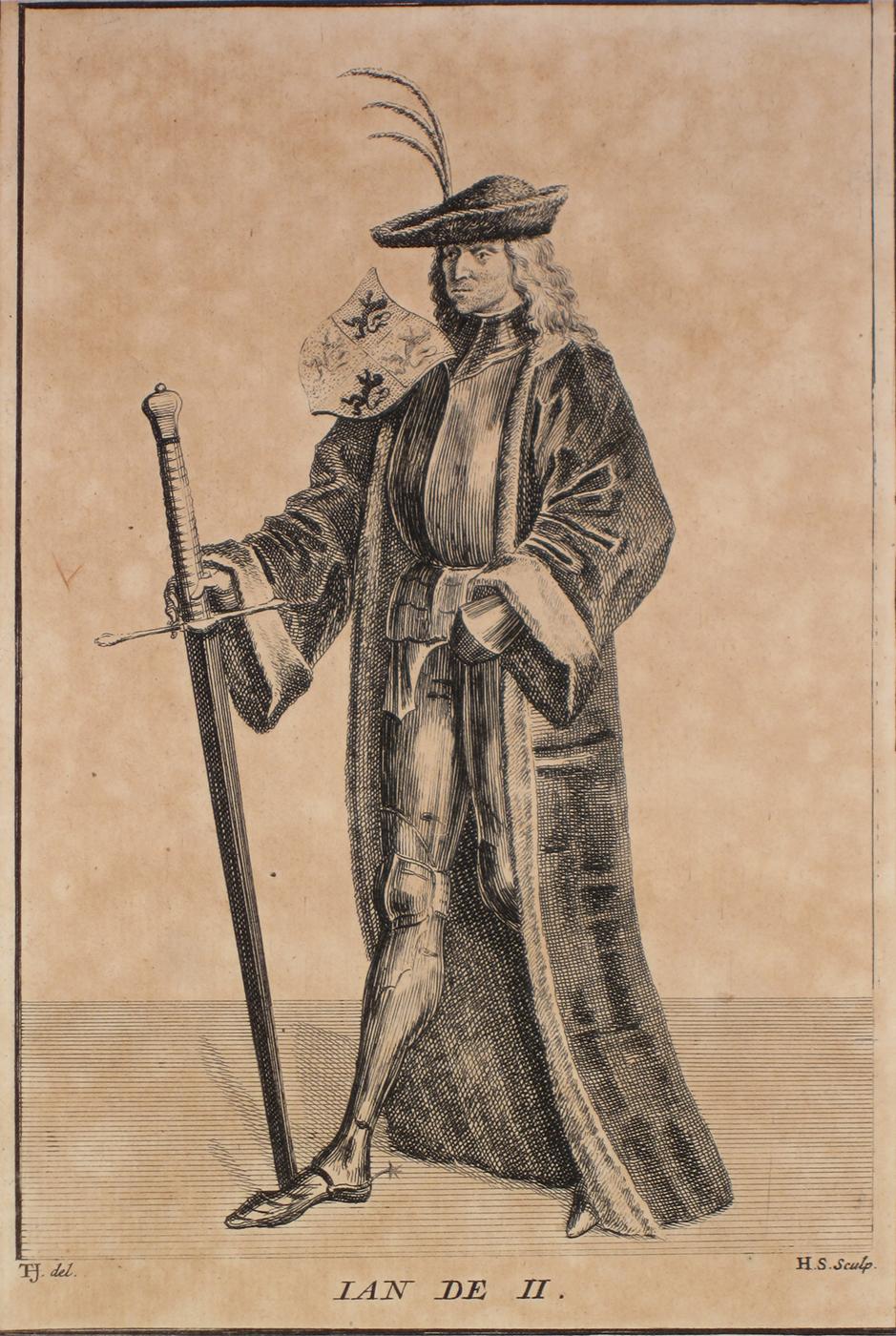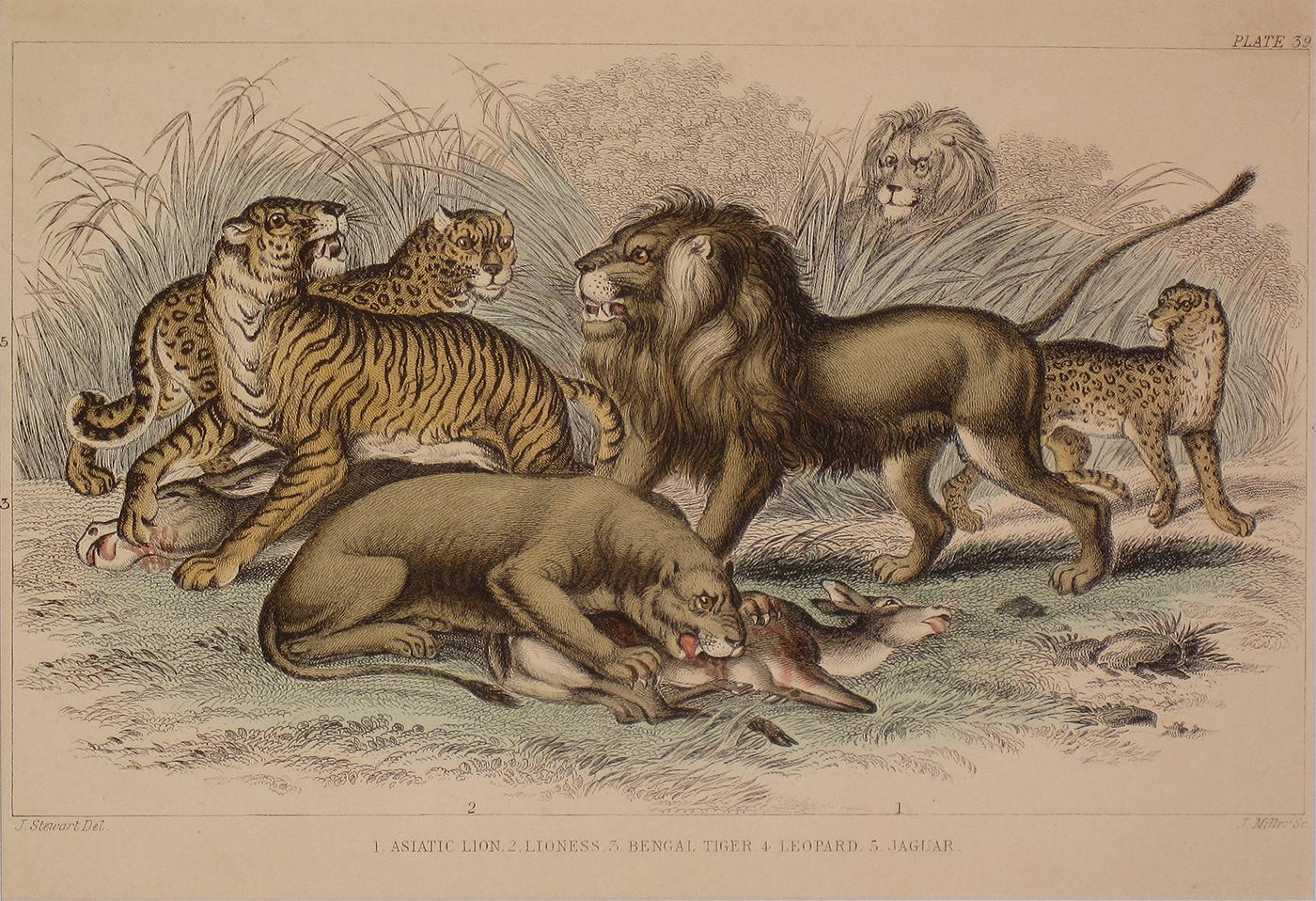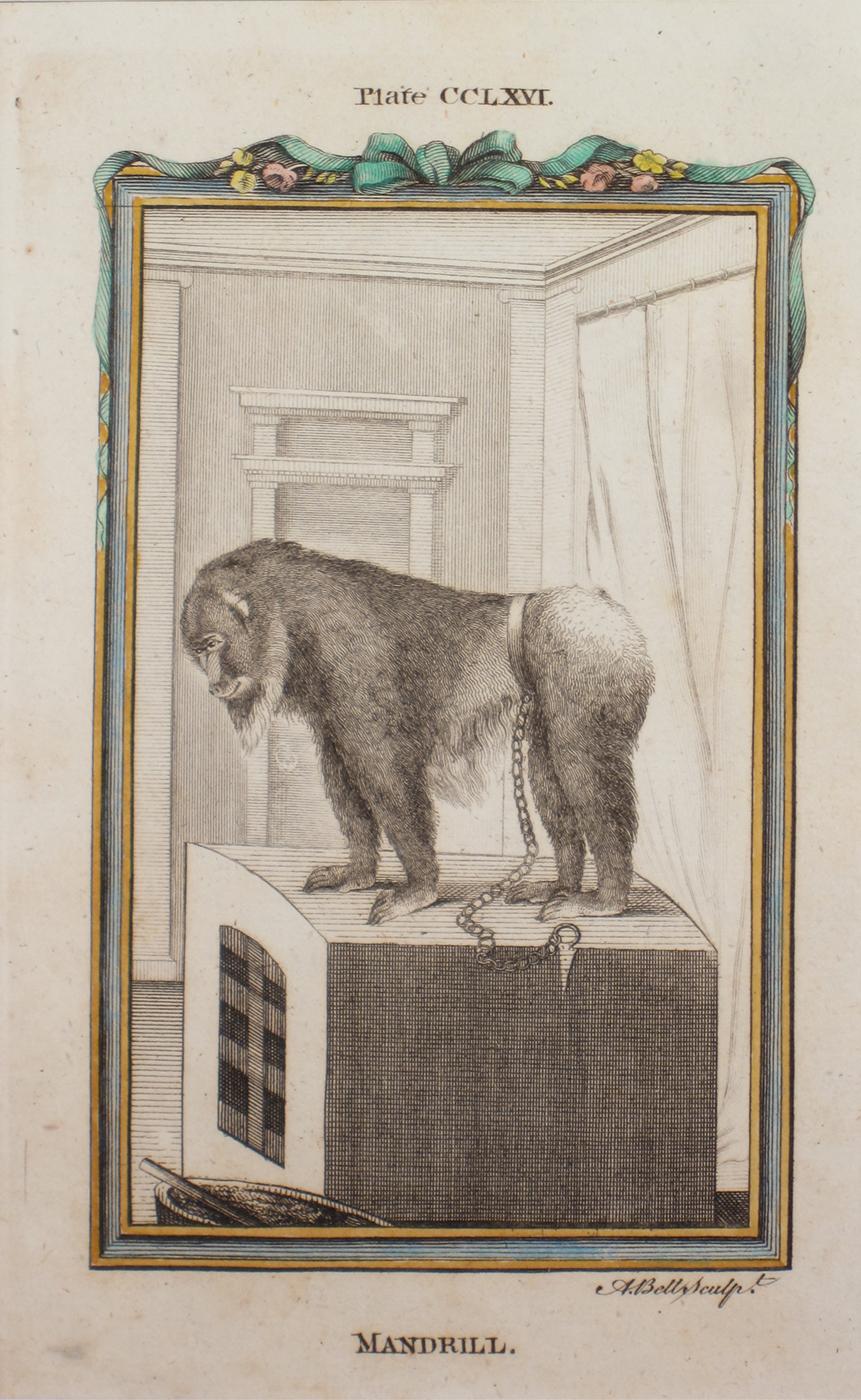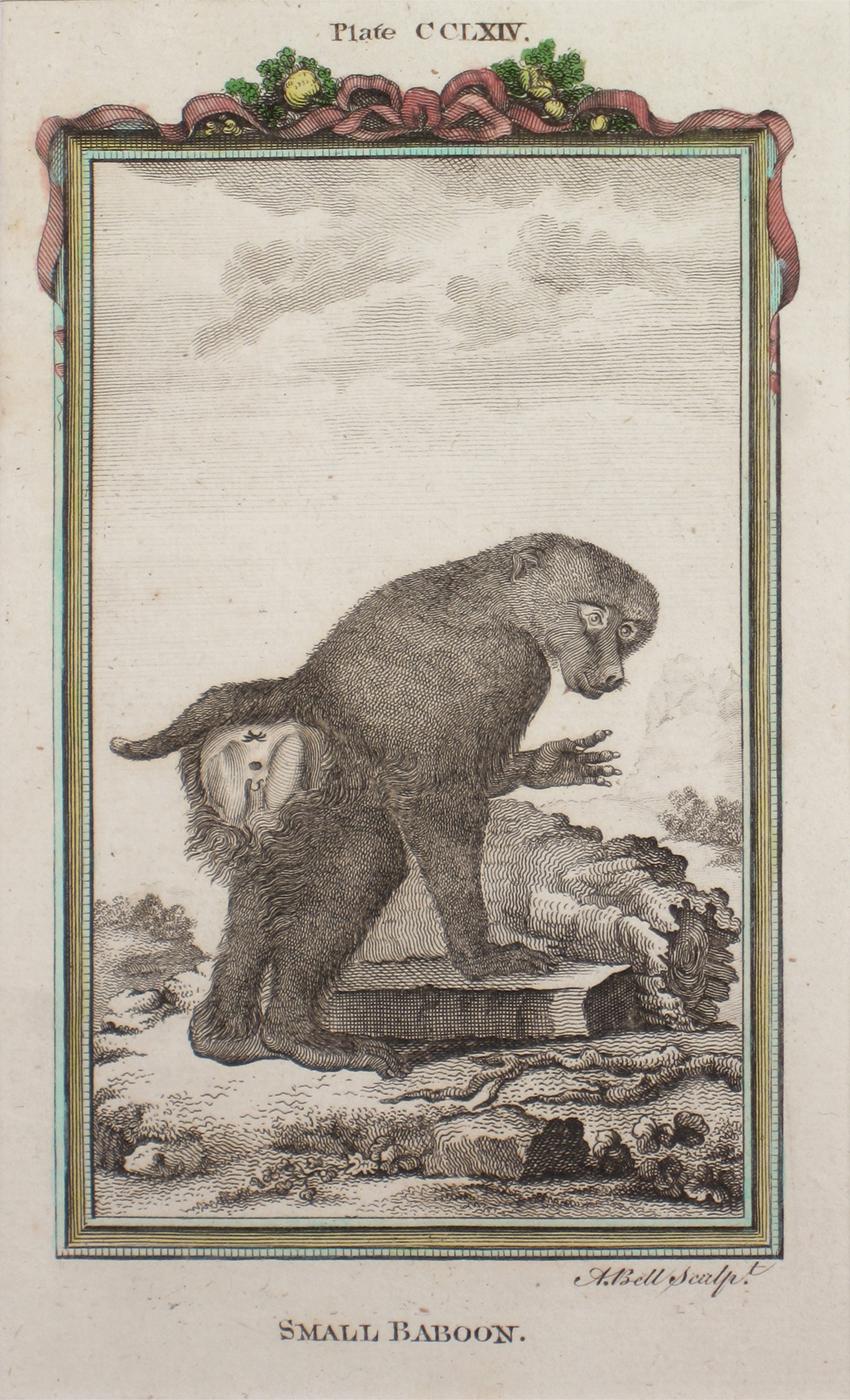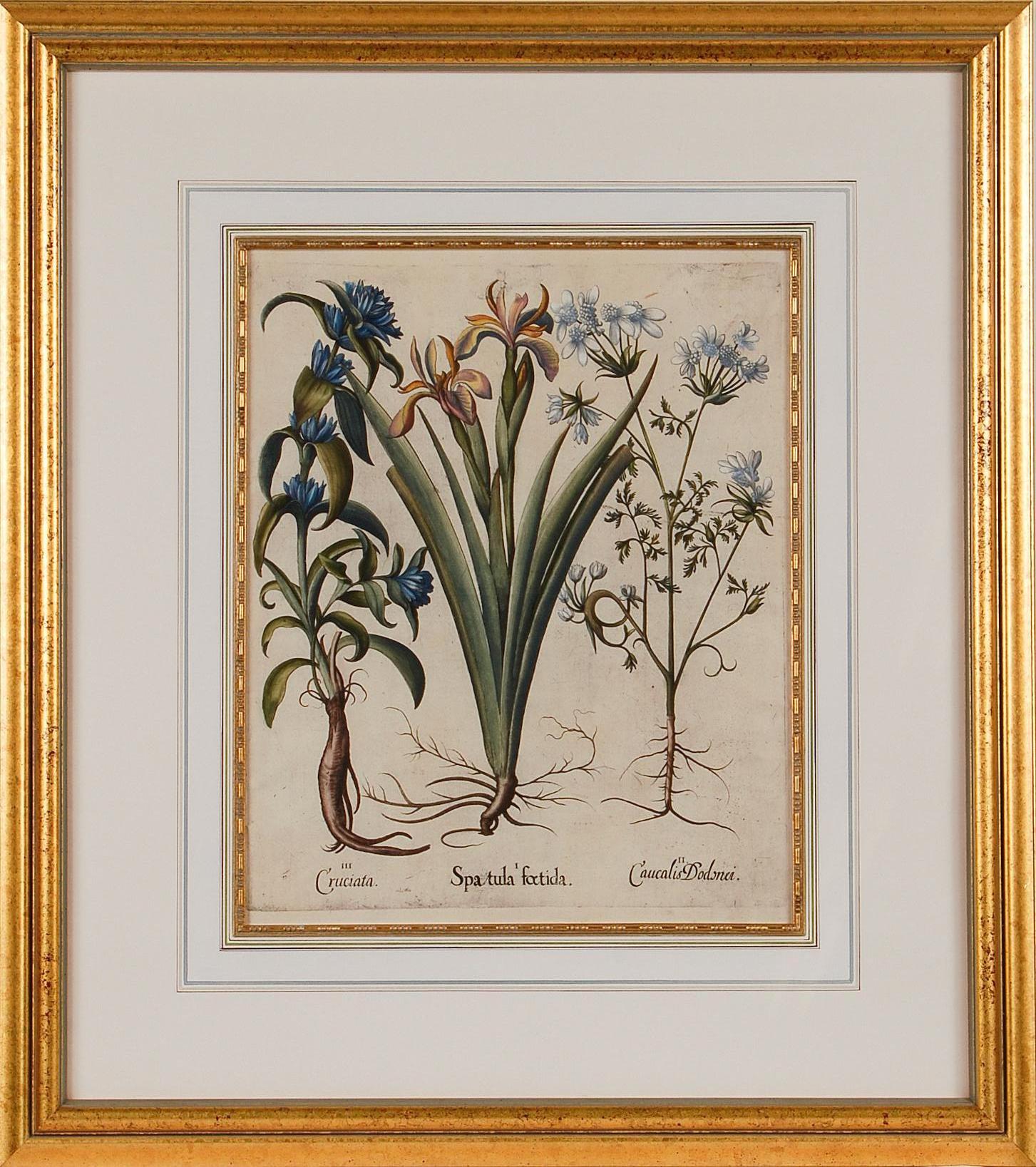Items Similar to XIV. Etruscan Urn
Want more images or videos?
Request additional images or videos from the seller
1 of 5
Sir William HamiltonXIV. Etruscan Urn1766-67
1766-67
About the Item
...Etruscan, Greek and Roman Antiquities....
Hamilton, Sir William. 1730 – 1803.
Collection of Etruscan Greek and Roman Antiquities from the Cabinet of the Hon. W. Hamilton.
4 vols. Naples, 1766-7.
D’Hancarvills, sculpt.
Aquatint Engravings in Black and Terra Cotta Inks.
Finishing in Original Hand-Color.
In 1764, Sir William Hamilton arrived in Naples to take up his new appointment as British Envoy Extraordinary to the Bourbon Court of King Ferdinand IV. At the time of his arrival, Italy was still a largely untapped field of archaeological discovery and there was ample opportunity for the private individual to amass a collection or 'cabinet' of classical antiquities at relatively little expense. The sites of the buried cities of Pompeii and Herculaneum, although now under Royal control, were still being only haphazardly excavated and were openly vandalized. Hamilton himself complained of the fact, but also seems to have taken advantage of it.
Hamilton's first collection was in fact acquired by the British Museum in 1772 where it formed the foundation of the now great collection of Greek and Roman antiquities. This was the first major collection of Greek vases (or, as they were then known, Etruscan) to reach England's shores. "To Hamilton belongs the merit of being the first to appreciate with warmth the severe beauty of their shapes, colouring and drawing, the mingled simplicity and feeling of the designs figured upon them; and it was he who recognized the value of these unpretentious vessels for forming and ennobling modern art-taste". (Adolph Michaelis, Ancient Marbles in Great Britain, Cambridge 1882, p. 110)
Hamilton found a worthy ally in Josiah Wedgwood who was setting up a new factory appropriately called "Etruria". Opened in June of 1769, Wedgwood was to use Hamilton's models again and again in his pottery with many designs taken directly from the engravings. Etruscan antiquities continued to be used as source-books for artists throughout the rest of the eighteenth and nineteenth centuries. This is evidenced in furniture in the style of Thomas Hope's Regency Greek revival period as well as the high Victorian Greek revival of Frederic Lord Leighton who drew upon the engravings for props in a number of his classical paintings.
Hamilton died in 1803, the tranquillity of his life shattered by a hasty retreat from Italy under the threat of Napoleon's invasion, and the devastating public scandal of his wife Emma's open flaunting of her relationship with Lord Nelson. However, an enduring epitaph of Hamilton's grace and intelligence, is Joshua Reynold's studio portrait of 1777, now in the National Portrait Gallery. It shows Hamilton seated on a terrace with a view of Vesuvius in the background, while at his feet, and on the table beside him, are placed an assortment of vases. Open on his lap, the Envoy Extraordinary holds a volume of his Etruscan antiquities.
- Creator:Sir William Hamilton (1751 - 1801, English)
- Creation Year:1766-67
- Dimensions:Height: 29 in (73.66 cm)Width: 23.25 in (59.06 cm)Depth: 1 in (2.54 cm)
- Medium:
- Movement & Style:
- Period:
- Condition:Framed to museum specifications using archival matting, hinging, backing. Glazed with ultra-violet filtering Plexglas.
- Gallery Location:Florham Park, NJ
- Reference Number:
About the Seller
5.0
Vetted Seller
These experienced sellers undergo a comprehensive evaluation by our team of in-house experts.
1stDibs seller since 2014
161 sales on 1stDibs
Typical response time: 2 hours
- ShippingRetrieving quote...Ships From: Florham Park, NJ
- Return PolicyA return for this item may be initiated within 1 day of delivery.
More From This SellerView All
- Gemaltes Ornament. (Etruscan Vase Design)By Walter GropiusLocated in Florham Park, NJARCHIV FUR ORNAMENTALE KUNST. M. Gropius, L. Lohde, P. Lehfeldt. Lithographs with Later Hand-Color. Berlin, 1870. 13” x 19” Unframed. A fine German work by, the illustration...Category
Late 19th Century Academic Prints and Multiples
MaterialsEngraving
- Plan de la Ville de RomeLocated in Florham Park, NJPlan de la Ville de Rome, Principali Monumento de Roma. After Giambattista Nolli (1701-56) Pietro Fuga (1799-1830) Engraver Venanzio Monaldini (1765-1819) Publisher Rome, 1843 Hand-Colored Engraving. An ever popular tourist destination, the city of Rome has been illustrated in great detail for centuries. Perhaps the best known and most often copied work is by Giambattista Nolli. His view of Rome was called “Pianta Grande de Roma”. Published in 1748, the Eternal City was show in its entire splendor with an accurate accounting of its revered monuments. This iconic view will forever be known as the Nolli Map...Category
Mid-19th Century Academic Prints and Multiples
MaterialsEngraving
- Rosa (Roses)By Basilius BeslerLocated in Florham Park, NJBASIL BESLER (1561 – 1629). Hortus Eystettensis. Konrad Bauer. Altdorf, 1613, 1640, 1713 – 50. Copper plate engravings with modern hand-color 374 plates. 21 ¼” to 21 ½” x 16” t...Category
18th Century and Earlier Academic Prints and Multiples
MaterialsEngraving
- Heraldry Crest : CliffordBy Sir William SegarLocated in Florham Park, NJBaronagium Genealogicum: or the Pedigrees of the English Peers. Sir William Seagar (c1554-1633). Re-issued by Joseph Edmonson. London, 1764. Engraving with later hand-color. ...Category
18th Century and Earlier Academic Prints and Multiples
MaterialsEngraving
- Italia mit Corsica Sardinia und SicillaBy Sebastian MünsterLocated in Florham Park, NJItalia mit…Corsica, Sardinia und Sicilia. Geographia Universalis, Vetus et Nova, complectens Claidii Prolemaei Alexandrini enarrationis libros VIII. Basel, Heinrich Petri, 1542. En...Category
18th Century and Earlier Academic Prints and Multiples
MaterialsEngraving
- Piazza de San Giacomo (Italy)By Antonio AquaroniLocated in Florham Park, NJROMA (Italy) A. Aquaroni. Engraving. Modern Hand-Color. Rome, Italy 1750. Ever wonder what pre-dated the postcard? By the mid-eighteenth century, travel and exploration had be...Category
1750s Academic Prints and Multiples
MaterialsWatercolor, Engraving
You May Also Like
- The Wolverene Antique PrintBy Edward LearLocated in Sydney, NSWWolverine or Gulo gulo.. . Hand-colored copperplate engraving from a drawing by George Edwards from Ebenezer Sibly's "Universal System of Natural History" 1797. . . The prolific Sibly published his Universal System of Natural History in 1794 1797 in five volumes covering the three natural worlds of fauna, flora and geology. The series included illustrations of mythical beasts such as the sukotyro and the mermaid, and depicted sloths sitting on the ground (instead of hanging from trees) and a domesticated female orang utan...Category
Mid-19th Century Academic Animal Prints
MaterialsEngraving
- John II, Count of Hainaut Holland & Zeeland (1247-1304)Located in Sydney, NSW18th Century (c1740) etching/engraving , John II, Count of Hainaut Holland & Zeeland (1247-1304)Category
19th Century Academic Figurative Prints
MaterialsEngraving, Etching
- Asiatic Lion, Lioness, Bengal Tiger, Leopard, Jaguar Antique PrintLocated in Sydney, NSWAntique Steel Engraving Published 1866 by Blackie & Son, London for "A History of the Earth and Animated Nature" by Oliver Goldsmith. Matt siz...Category
Mid-19th Century Academic Animal Prints
MaterialsEngraving
- Mandrill Antique PrintLocated in Sydney, NSWMandrill Antique print Matt size 33.5cm x 26cm Image Size 17cm x 11 cmCategory
19th Century Academic Animal Prints
MaterialsEngraving
- Small Baboon Antique PrintLocated in Sydney, NSWSmall Baboon Antique print Matt size 28cm x 21cm Image Size 16cm x 10 cmCategory
19th Century Academic Animal Prints
MaterialsEngraving
- Flowering Iris & Other Botanicals: Framed 17th C. Besler Hand-colored EngravingLocated in Alamo, CAThis is a hand-colored copper-plate engraving entitled "I. Spatula foetida - II. Caucalis Dodonei - III. Cruciata", depicting three flowering plants, including an Iris, from Basilius Besler's landmark work, Hortus Eystettensis (Garden at Eichstatt), first published in 1613 in Eichstatt, Germany near Nuremberg and later in 1640 and 1713. This beautiful hand-colored botanical engraving is presented in a gold-colored wood frame with a French mat...Category
Mid-17th Century Academic Still-life Prints
MaterialsEngraving
